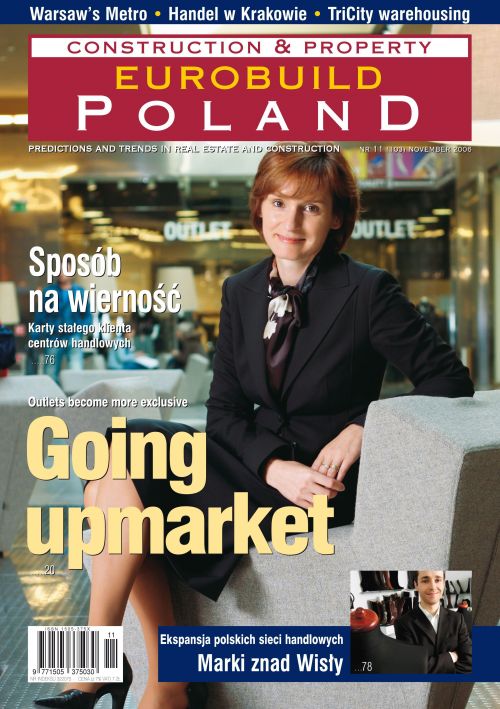The first industrial parks have arrived in the TriCity area. Is this only the beginning of greater things to come?On the face of it, the TriCity area would seem to have everything going for it as a location for modern warehousing. It is Poland’s main port and entry-point for sea-freight from Scandinavia and the North Sea. The area is also a substantial market, with Gdańsk itself having a population of more than 460,500 according to the 2004 census, whilst there are over a million people living in the TriCity as a whole. As well as being Poland’s sixth largest city, historic and heroic Gdańsk is also a major tourist centre, further adding to the high demand for goods. So if, with all these advantages, the TriCity is the logical location for industrial parks, why have so few been developed up to now? The only ones in existence are those developed by Biuro Inwestycji Kapitałowych (BIK) – who specialize in build-to-suit warehousing – in Pruszcz Gdański (11,000 s





























































